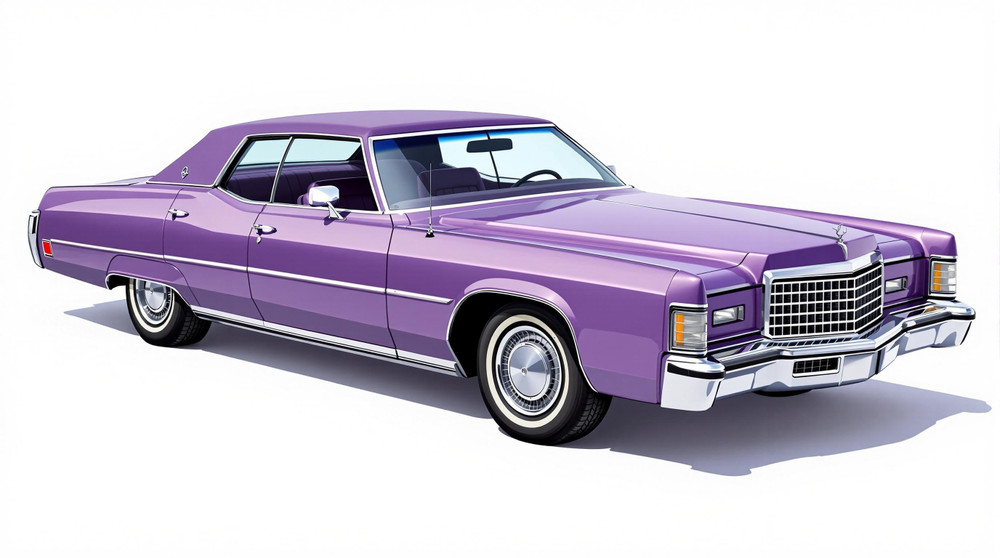Image of 1973 Chrysler Imperial, Note: These illustrations use artistic license and may differ from actual historical models.
Performance Metrics
Fundamental Metrics
Emotional Appeal
MMP Rating
| Engine Specifications | |
|---|---|
| Engine: | 440 cu in (7.2 L) V8 |
| Displacement: | 440 cu in (7.2 L) |
| Horsepower: | 215-230 hp |
| Torque: | 345 lb-ft |
| Compression Ratio: | 8.2:1 |
| Ignition System: | Electronic Ignition System |
| Cooling System: | Liquid-cooled |
| Performance Specifications | |
| 0-60 Time: | 10 seconds |
| 1/4 Mile Time: | 17.5 seconds |
| Top Speed: | 120 mph |
| Transmission and Drive | |
| Drive Type: | Rear-wheel drive |
| Transmission Type: | 3-speed TorqueFlite automatic |
| Fuel and Efficiency | |
| Fuel System Type: | Carburetor |
| MPG: | 10-12 mpg |
| Dimensions and Brakes | |
| Brakes: | Power-assisted disc brakes |
| Wheelbase: | 127.0 in |
| Weight: | 4,900 lbs |
Note: Specifications for classic cars are given to the best of our ability, considering the limited and variant data available.
1973 Chrysler Imperial: A Testament to American Luxury
The 1973 Chrysler Imperial stands as a majestic testament to the era of full-sized luxury automobiles, an embodiment of American excess and grandeur. Born from the minds at Chrysler, this vehicle was not just a car; it was a statement. At a time when fuel prices were not a primary concern, the Imperial reigned supreme on the highways, offering unparalleled comfort and style. A notable moment in its history was its role as a pace car for the 1971 Indianapolis 500, cementing its place in automotive lore.
Design and Innovation
With its bold lines and imposing presence, the '73 Imperial's exterior styling was unmistakable. Its long hood and spacious trunk were complemented by a distinctive grille and hidden headlights that exuded elegance. Inside, passengers were cocooned in luxury with rich leather upholstery and fine wood trim. The attention to detail was meticulous, with features like automatic climate control and power-operated accessories that were cutting-edge for the time. The color palette ranged from stately blacks and silvers to more vibrant hues, with Deep Chestnut being a particularly popular choice among discerning buyers. The most iconic body style was undoubtedly the two-door hardtop, which offered a sleek profile without compromising on interior space.
Historical Significance
The 1973 Chrysler Imperial's impact on automotive design was significant. It pushed the boundaries of what a luxury car could offer, influencing future generations of vehicles with its emphasis on comfort and advanced features. Its unique blend of American styling cues and innovation set it apart from European contemporaries and left a lasting impression on the industry.
Performance and Handling
Underneath its grand exterior, the Imperial housed a powerful 440 cubic inch V8 engine that propelled it to impressive speeds for such a large vehicle. While top speed figures hovered around the 120 mph mark, acceleration from 0-60 mph took place in under 10 seconds—a remarkable feat at the time. On the road, its ride was smooth and composed, absorbing bumps with ease while providing enough insulation to keep cabin noise to a minimum. Behind the wheel, drivers enjoyed a sense of control and comfort that made long journeys seem effortless.
Ownership Experience
The '73 Imperial found its niche both as an opulent daily driver for the well-to-do and as a coveted show car for collectors. Maintenance could be demanding due to its complexity and the need for specialized parts, but many owners found this to be a small price to pay for the prestige of owning such an iconic vehicle. Reliability was generally good by standards of the day, though fuel consumption was predictably prodigious.
Fun Facts
The Chrysler Imperial has graced many collections over the years, including those of celebrities like Frank Sinatra. While not known for setting speed records, it did set standards for luxury features in cars. Despite criticisms over its size and thirst for fuel—especially during the oil crisis of the '70s—the Imperial has remained an admired classic.
Collector's Information
Today, values for a well-maintained 1973 Chrysler Imperial can vary widely based on condition, mileage, and provenance. Production numbers were relatively low compared to more mainstream models of the era, adding to their rarity and appeal among collectors. As appreciation for '70s luxury cars grows, prices are gradually climbing; it's not uncommon to see pristine examples fetch upwards of $15,000 or more at auction.
Conclusion
The 1973 Chrysler Imperial is more than just a classic car; it's a rolling piece of history that encapsulates the spirit of American luxury during an era when bigger truly meant better. For those fortunate enough to experience its majesty firsthand, it remains an unforgettable part of automotive heritage.
1973 Chrysler Imperial Catalog of Parts
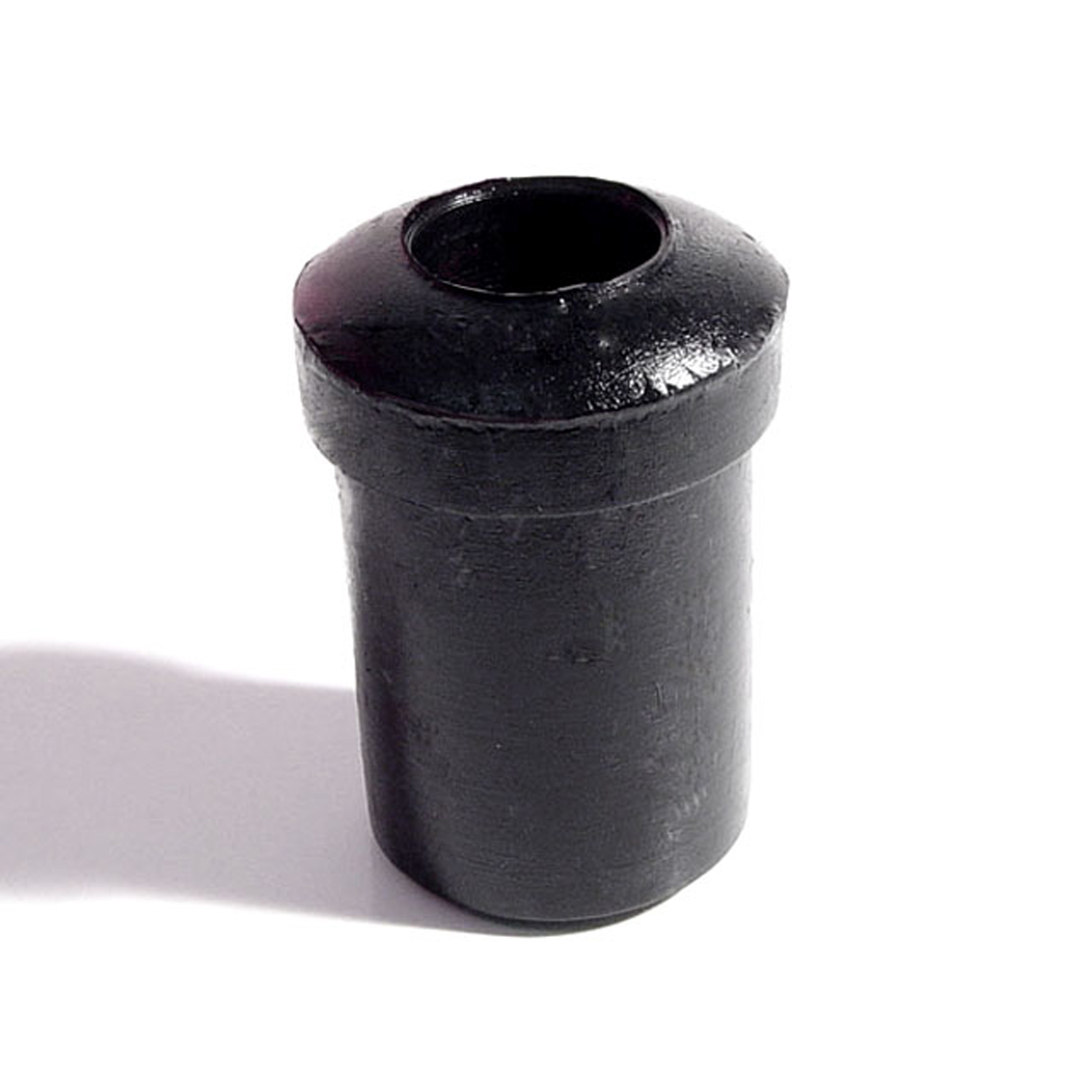 1973 Chrysler Imperial Spring and Shackle Bushing. 1" bottom O.D-BN 20Spring and Shackle Bushing. 1" bottom O.D. X 1-5/8" high, with 9/16" I.D. Each
1973 Chrysler Imperial Spring and Shackle Bushing. 1" bottom O.D-BN 20Spring and Shackle Bushing. 1" bottom O.D. X 1-5/8" high, with 9/16" I.D. Each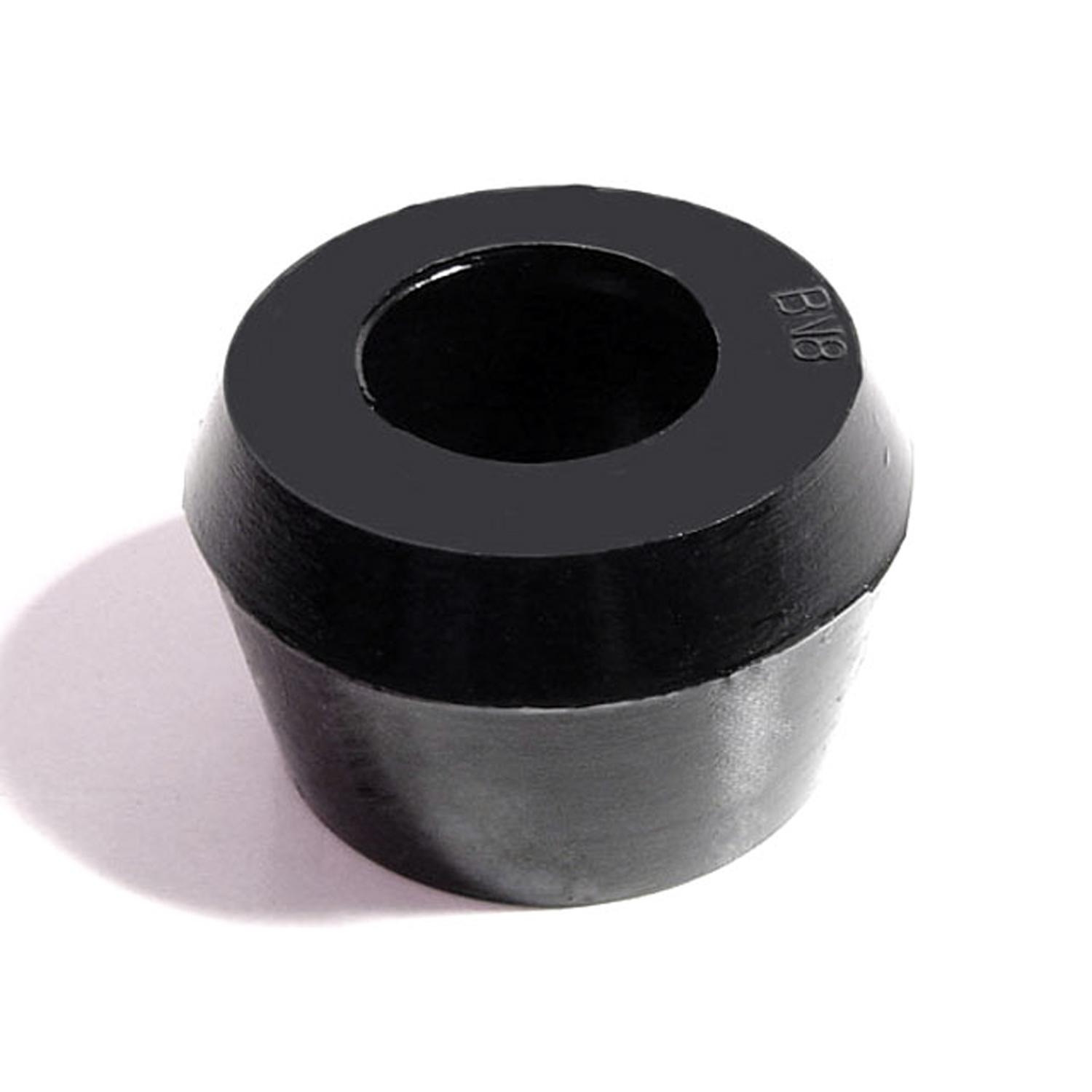 1973 Chrysler Imperial Shock Absorber Grommet. 1-1/4" bottom O.D-BN 8Shock Absorber Grommet. 1-1/4" bottom O.D., 1" high, with 3/4" I.D. Each
1973 Chrysler Imperial Shock Absorber Grommet. 1-1/4" bottom O.D-BN 8Shock Absorber Grommet. 1-1/4" bottom O.D., 1" high, with 3/4" I.D. Each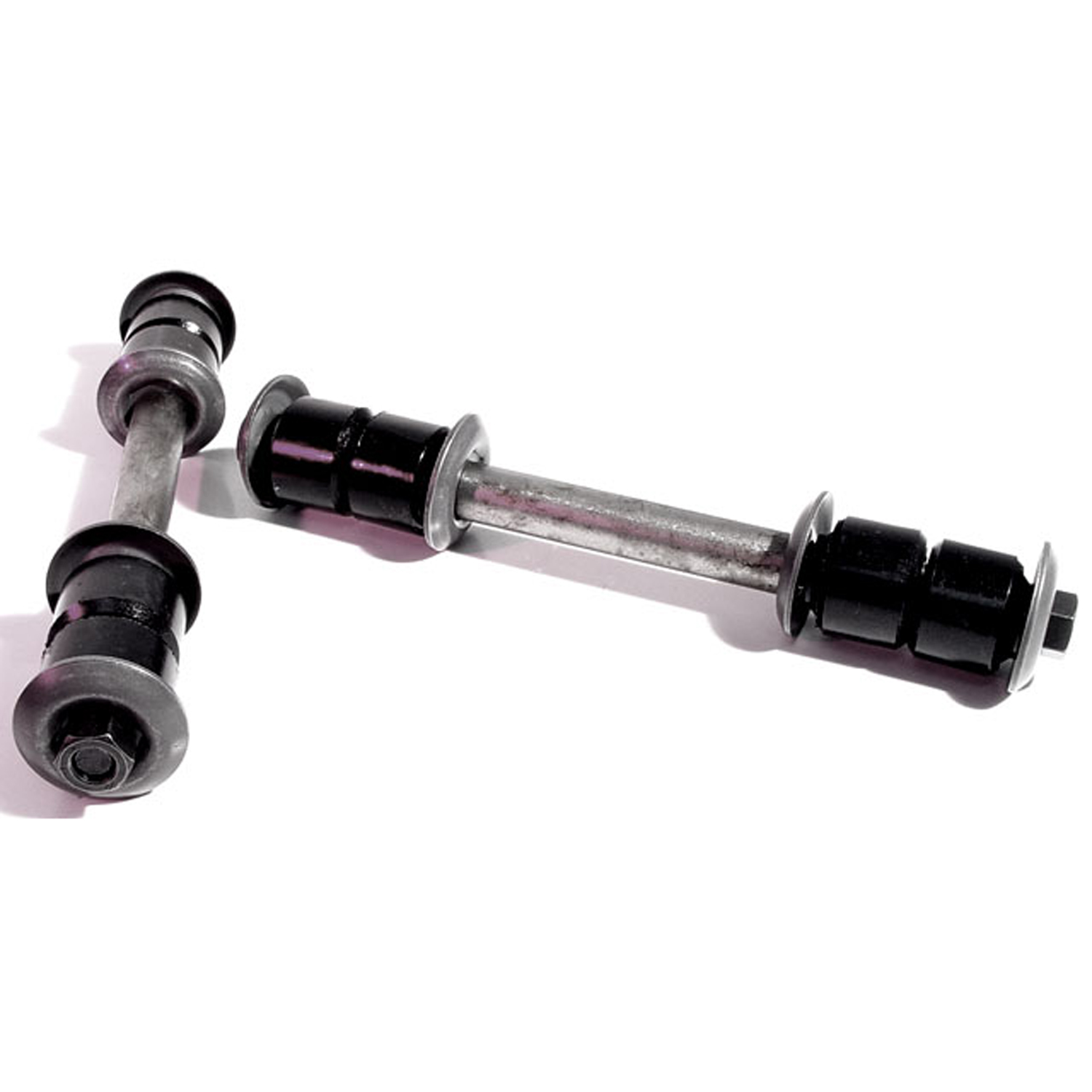 1973 Chrysler Imperial Front Stabilizer End Repair Kit-BNK 21Front Stabilizer End Repair Kit. 22-piece set for two stabilizer bars. Contains all rubber bushings, washers, bolts and nuts, enough for one front end. Set
1973 Chrysler Imperial Front Stabilizer End Repair Kit-BNK 21Front Stabilizer End Repair Kit. 22-piece set for two stabilizer bars. Contains all rubber bushings, washers, bolts and nuts, enough for one front end. Set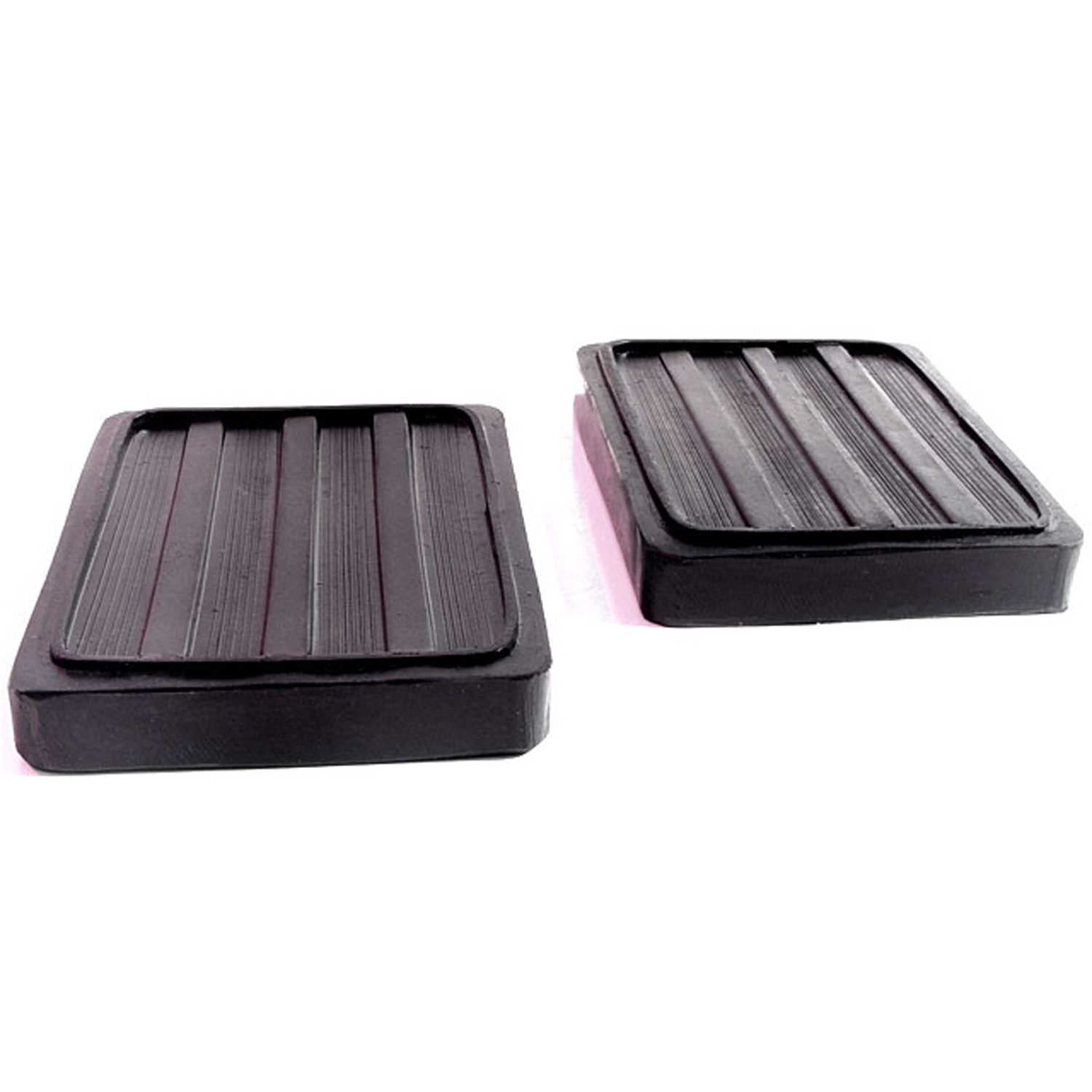 1973 Chrysler Imperial Clutch and Brake Pedal Pads. 3" wide X 3-7/8" long. Pair-CB 27Clutch and Brake Pedal Pads. 3" wide X 3-7/8" long. Pair
1973 Chrysler Imperial Clutch and Brake Pedal Pads. 3" wide X 3-7/8" long. Pair-CB 27Clutch and Brake Pedal Pads. 3" wide X 3-7/8" long. Pair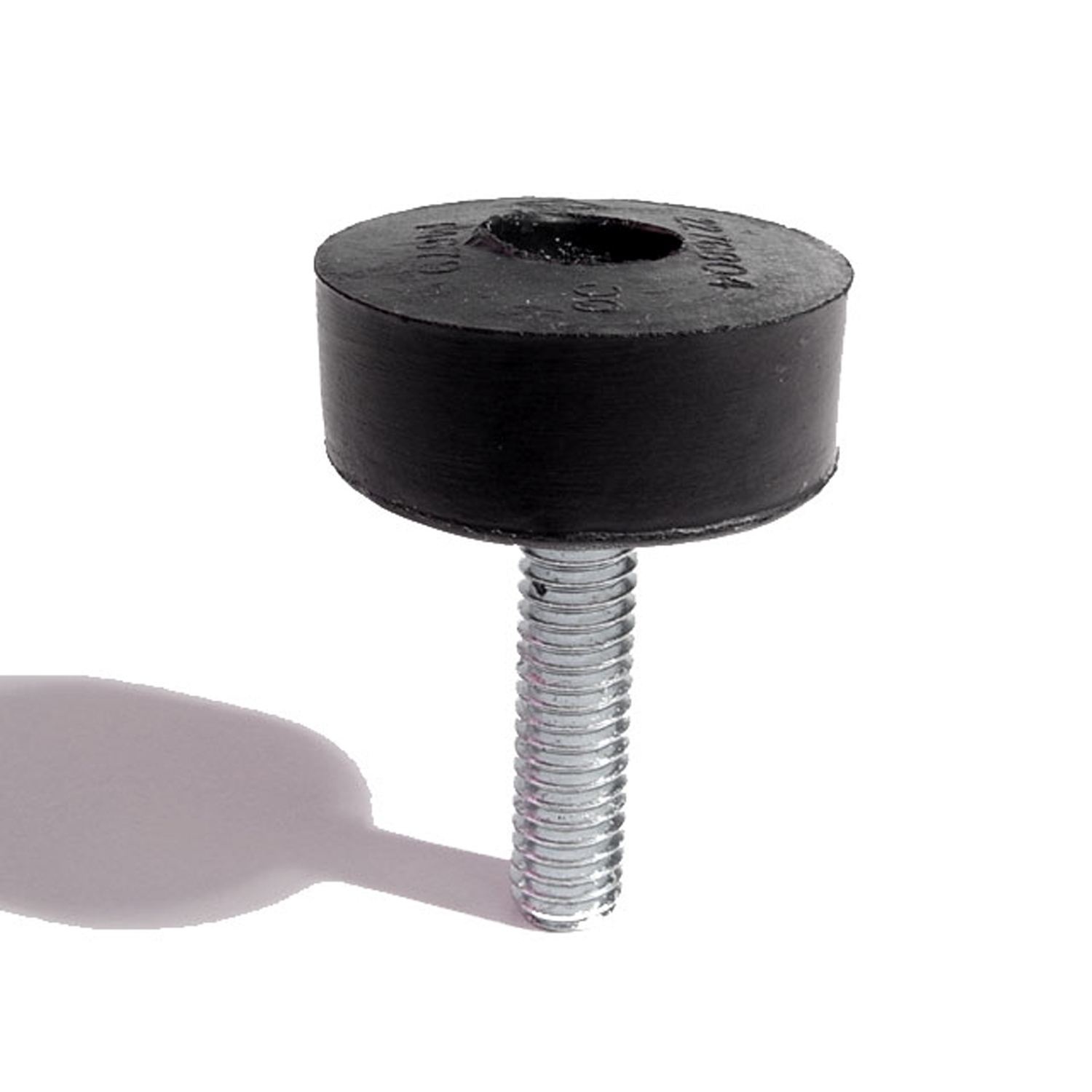 1973 Chrysler Imperial Hood Adjustment Bolt and Bumper-HA 8Hood Adjustment Bolt and Bumper. 1-3/16" diameter rubber head. 5/16" thick X 18 threads/inch X 1-1/4" long bolt. Each
1973 Chrysler Imperial Hood Adjustment Bolt and Bumper-HA 8Hood Adjustment Bolt and Bumper. 1-3/16" diameter rubber head. 5/16" thick X 18 threads/inch X 1-1/4" long bolt. Each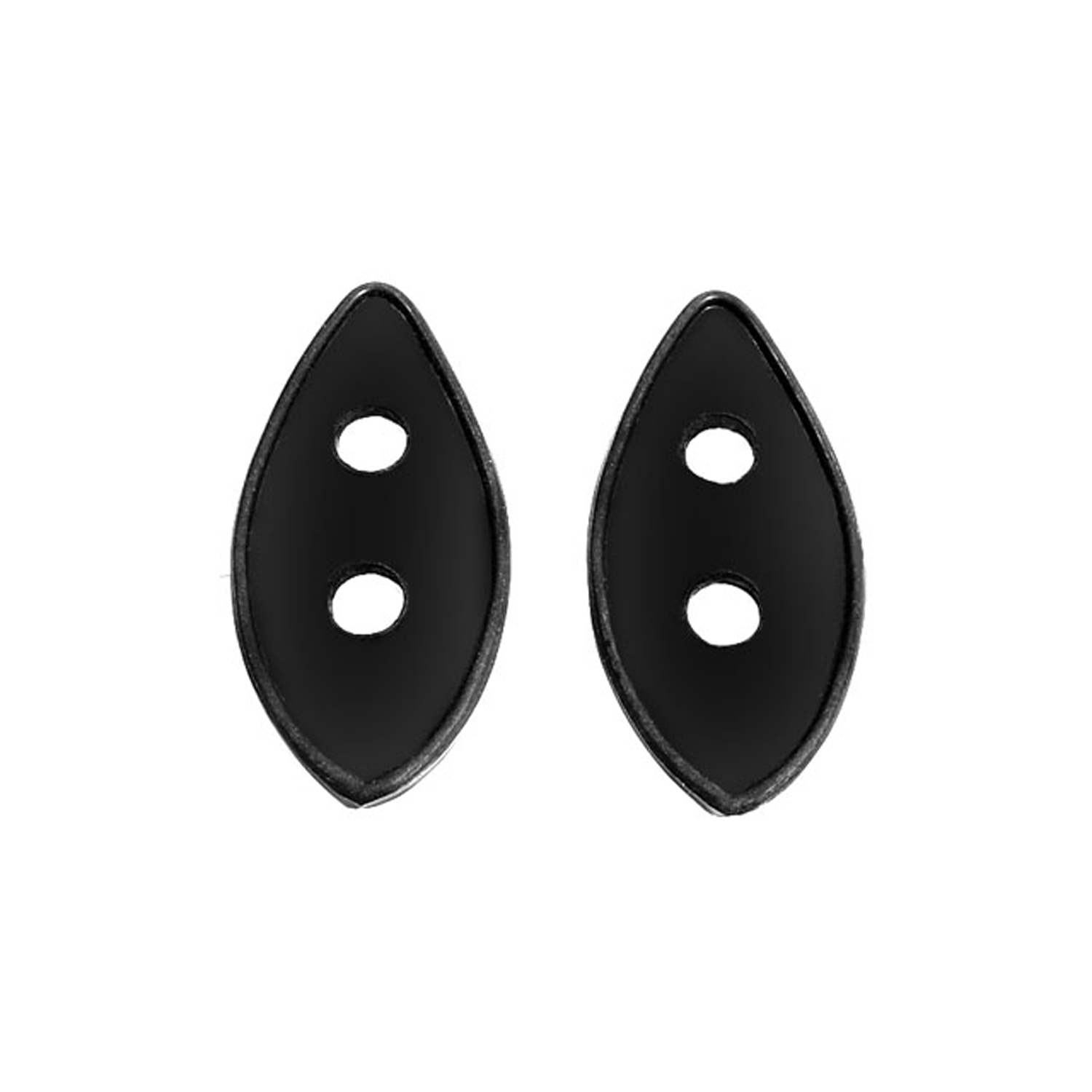 1973 Chrysler Imperial Beaded Deck Rack Mounting Pads. 1-7/16" X 3". Pair-MP 622-BBeaded Deck Rack Mounting Pads. 1-7/16" X 3". Pair
1973 Chrysler Imperial Beaded Deck Rack Mounting Pads. 1-7/16" X 3". Pair-MP 622-BBeaded Deck Rack Mounting Pads. 1-7/16" X 3". Pair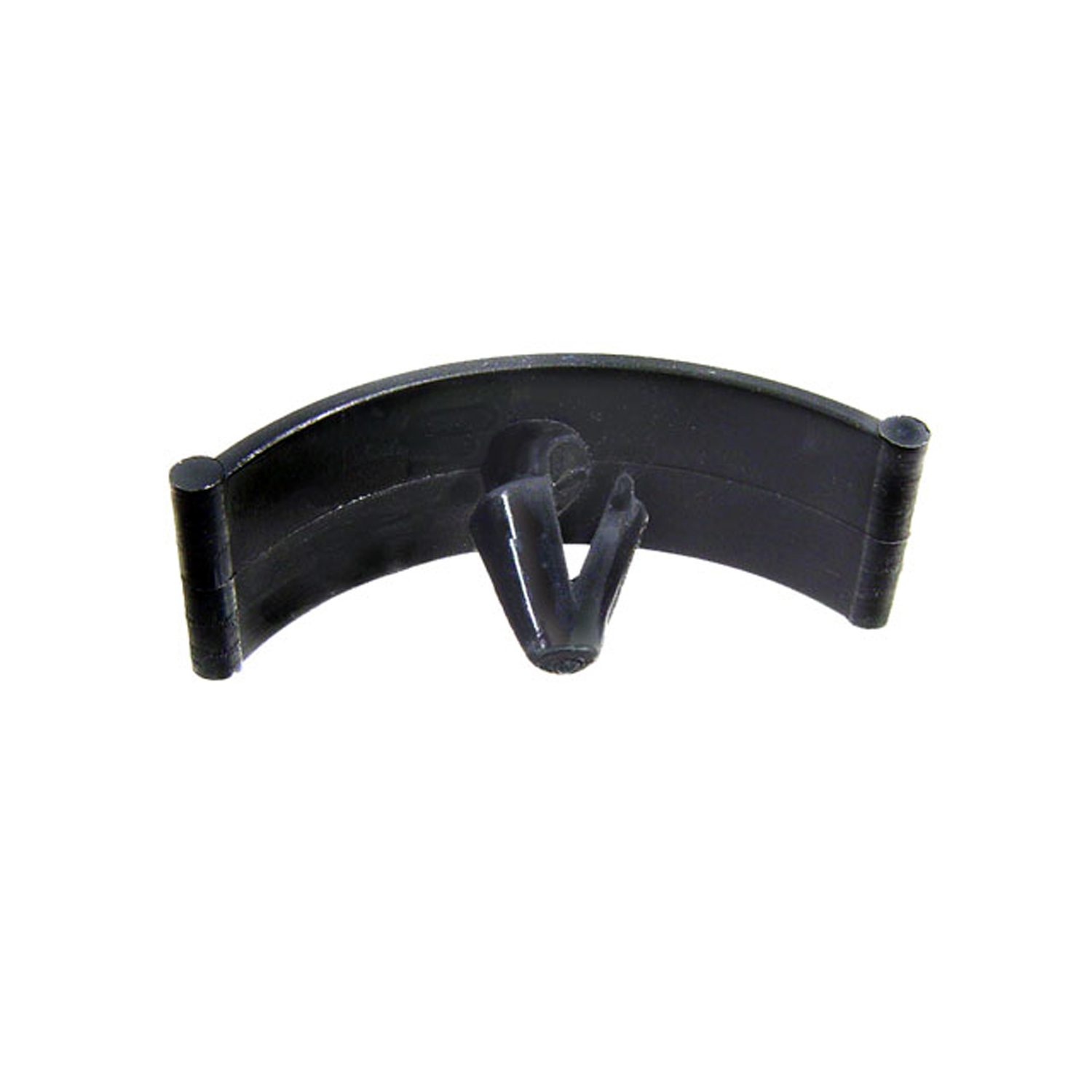 1973 Chrysler Imperial Hood Insulation Fastener. Nylon. 1-1/2" Long, 1/2" Wide-WF 5-AHood Insulation Fastener. Nylon. 1-1/2" Long, 1/2" Wide. Each
1973 Chrysler Imperial Hood Insulation Fastener. Nylon. 1-1/2" Long, 1/2" Wide-WF 5-AHood Insulation Fastener. Nylon. 1-1/2" Long, 1/2" Wide. EachWhy Choose Metro?
For over 100 years, Metro Moulded Parts has been the pinnacle of quality in classic car restoration parts. Our commitment to precision and authenticity in every component ensures a perfect fit and an OEM-level appearance.
- Expert Craftsmanship & Quality: Each part is a testament to our dedication to reliability and perfection, crafted from original designs and thoroughly tested.
- Advanced Technology: We use cutting-edge techniques to create flawless, long-lasting parts that surpass others in performance.
- SuperSoft Sponge – The Ultimate Door Seal: Not only are our door seals 30% softer than competitors', but they're also guaranteed to never leak. They effectively reduce wind and road noise, enhancing your classic car's comfort and driving experience.
- Proudly American: Our parts are a product of American craftsmanship, made in the USA with a spirit of excellence and heritage.
- Unrivaled Warranty: We back our products with a 30-year industry-leading warranty, a testament to our confidence in their quality.
Join us in preserving the legacy of classic cars with parts that are crafted for perfection, not just made.

